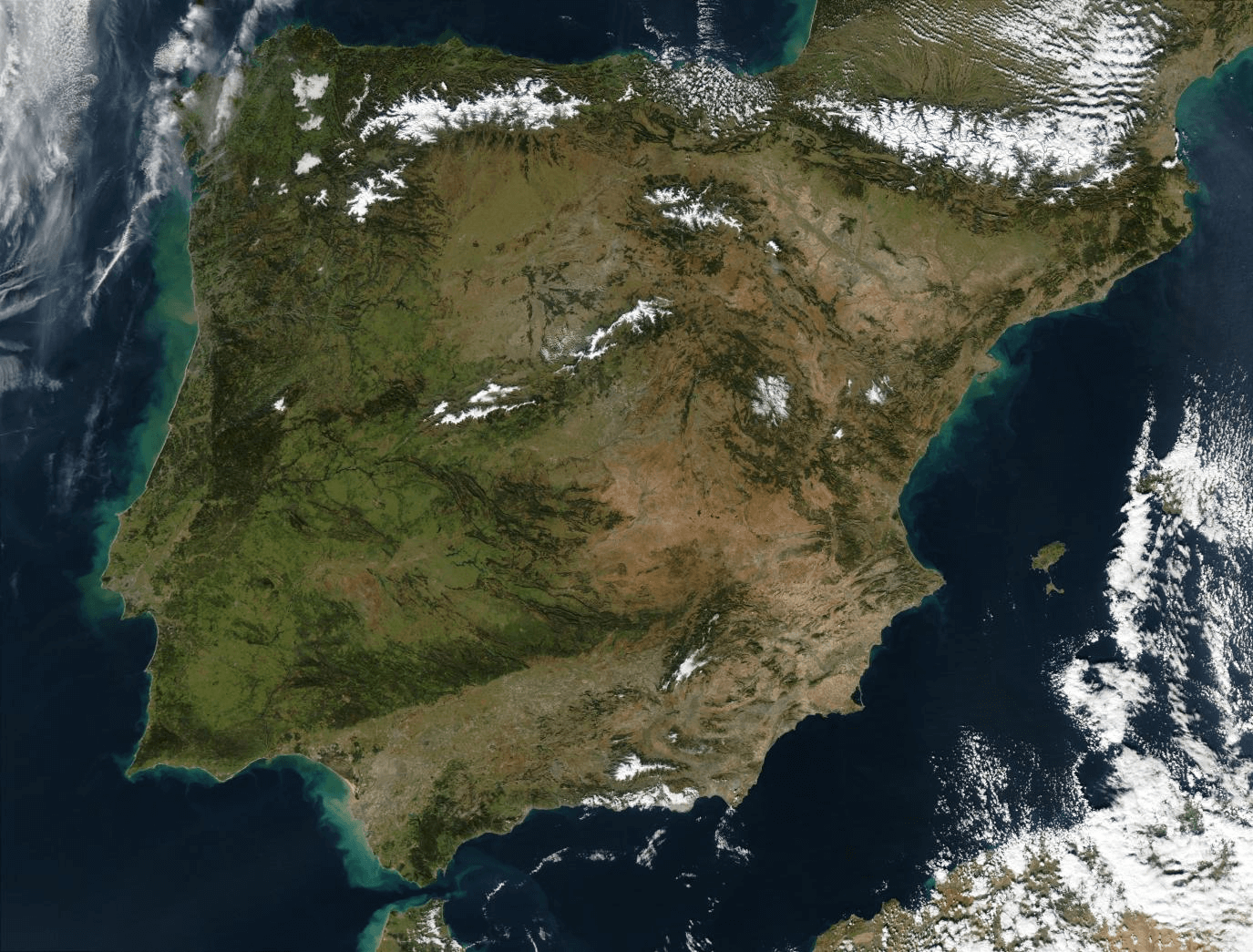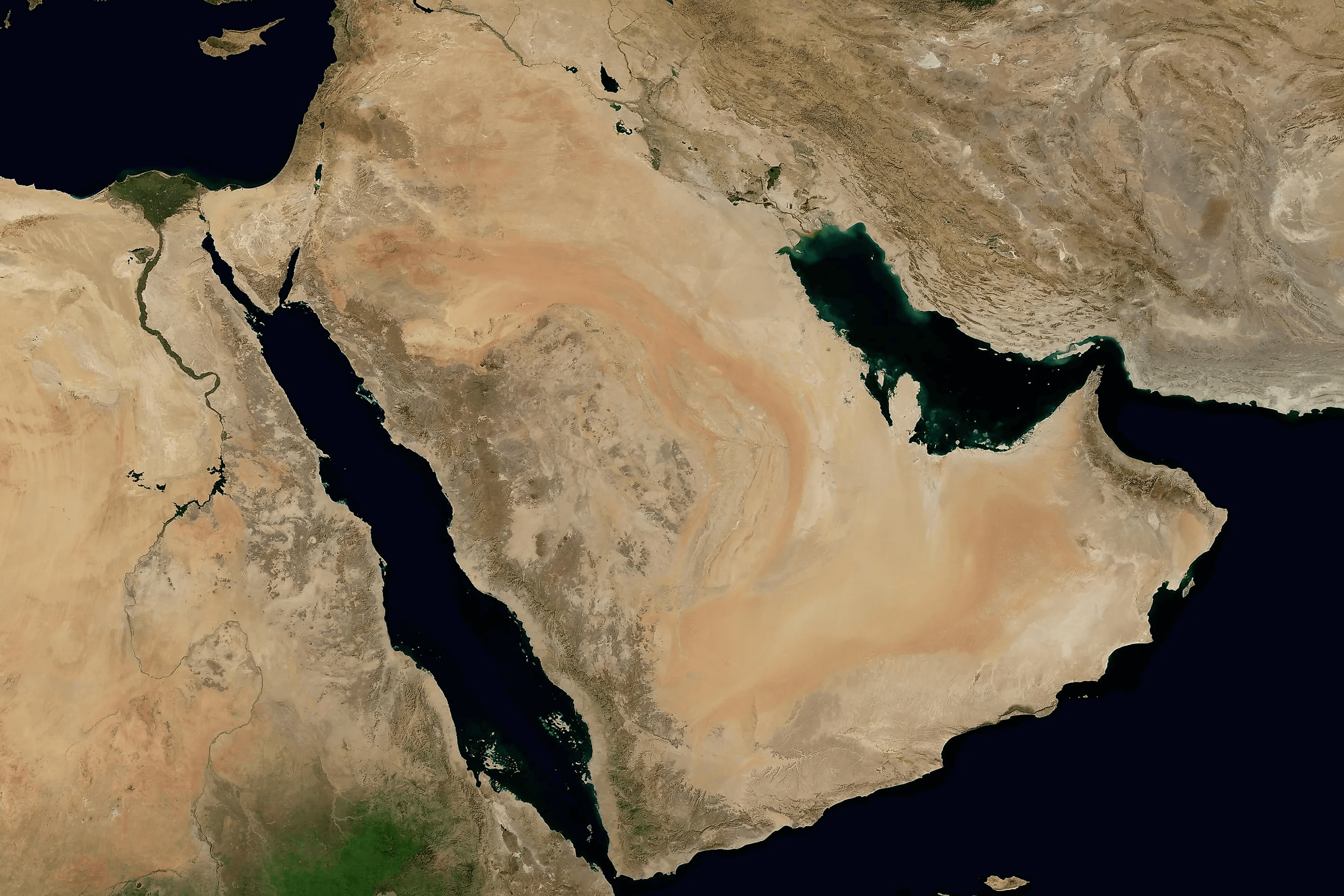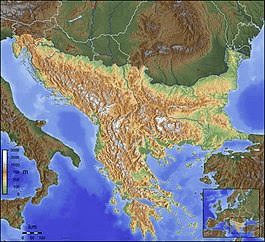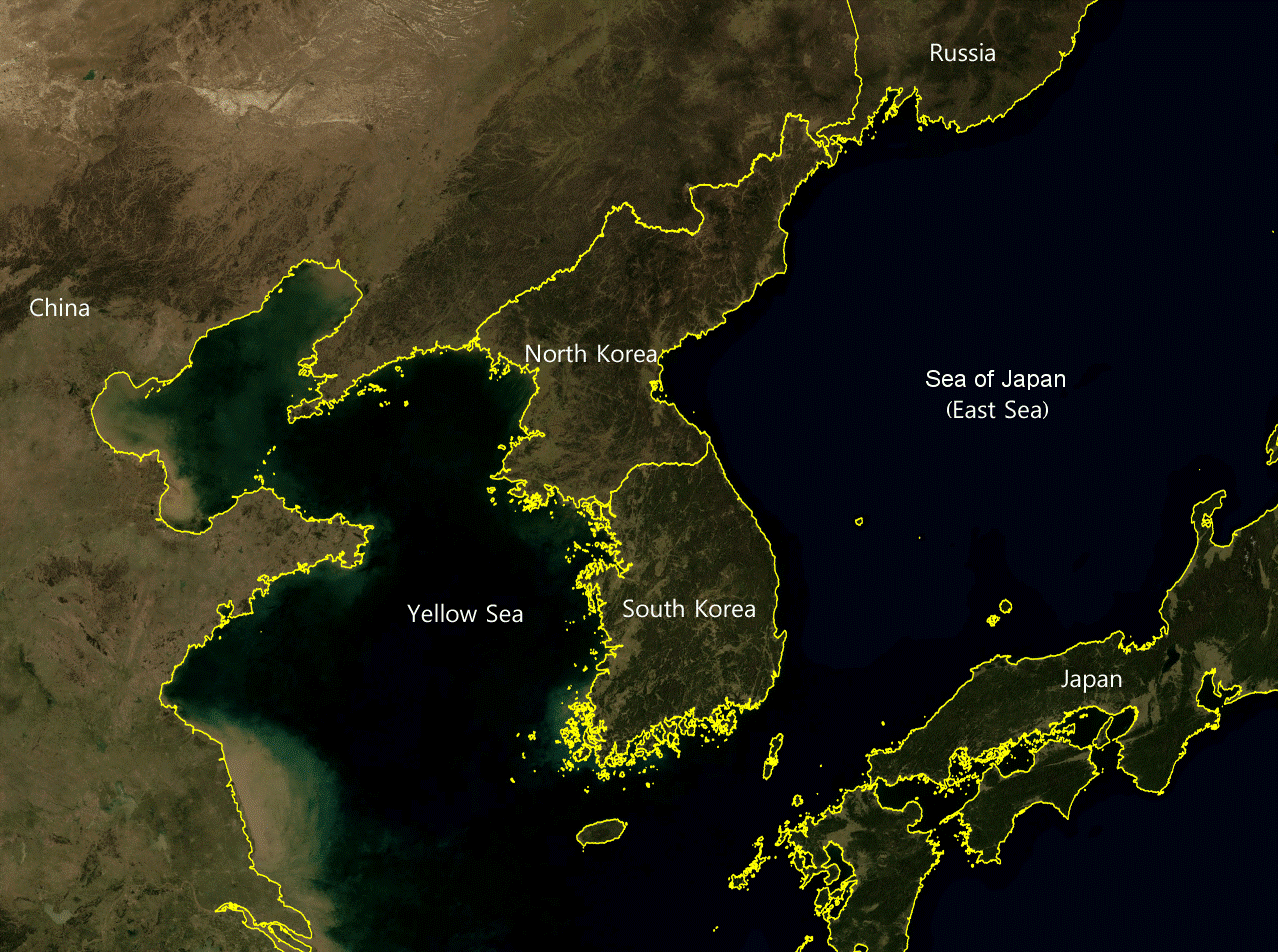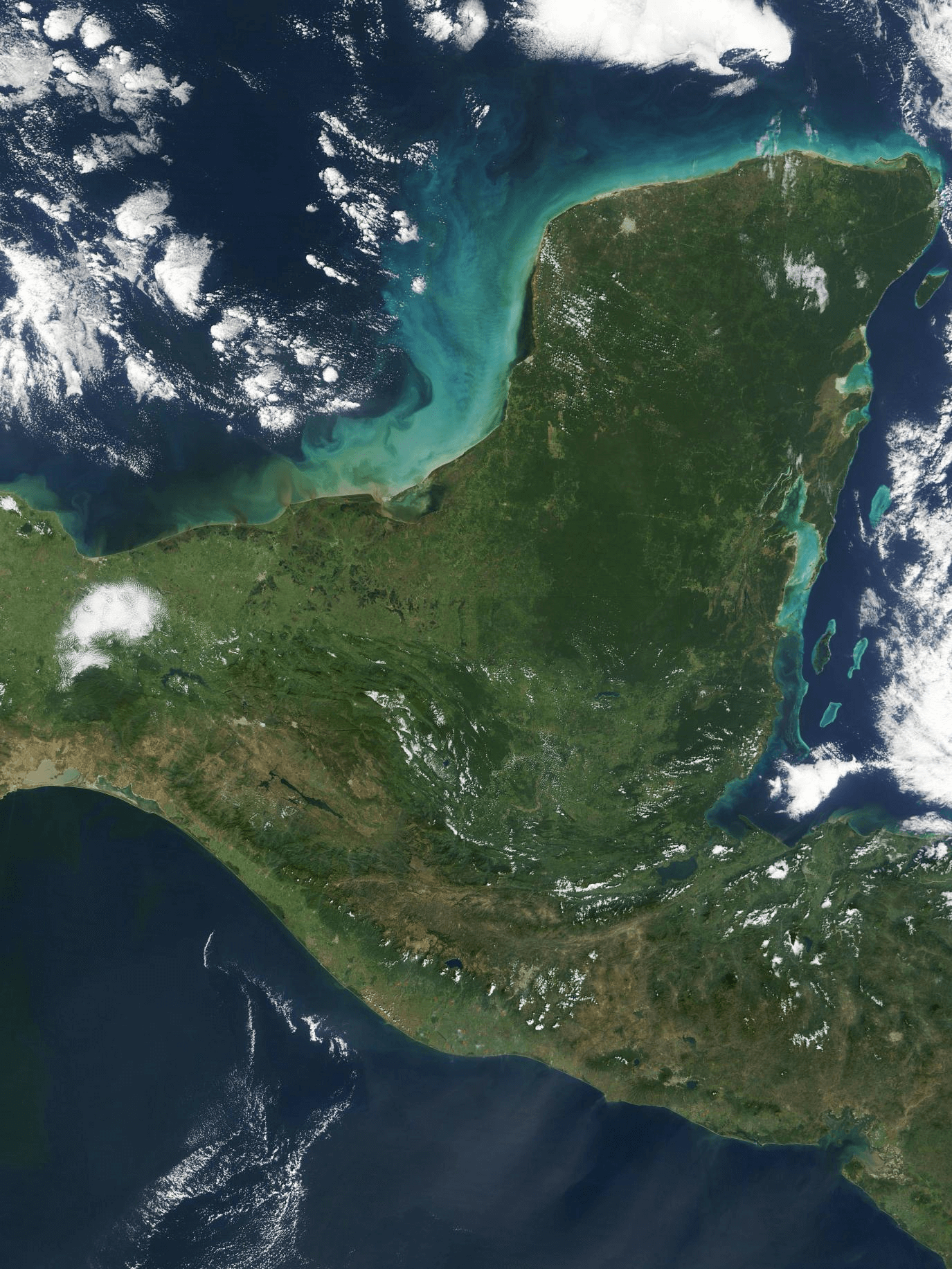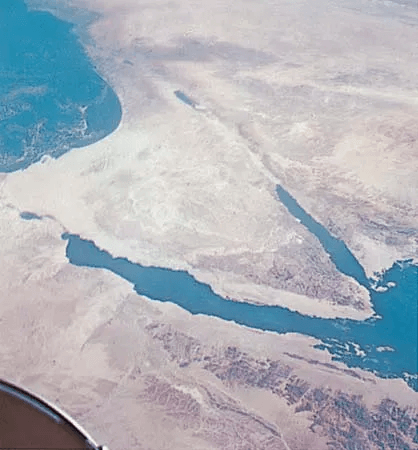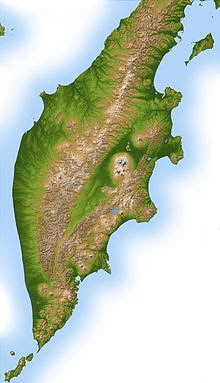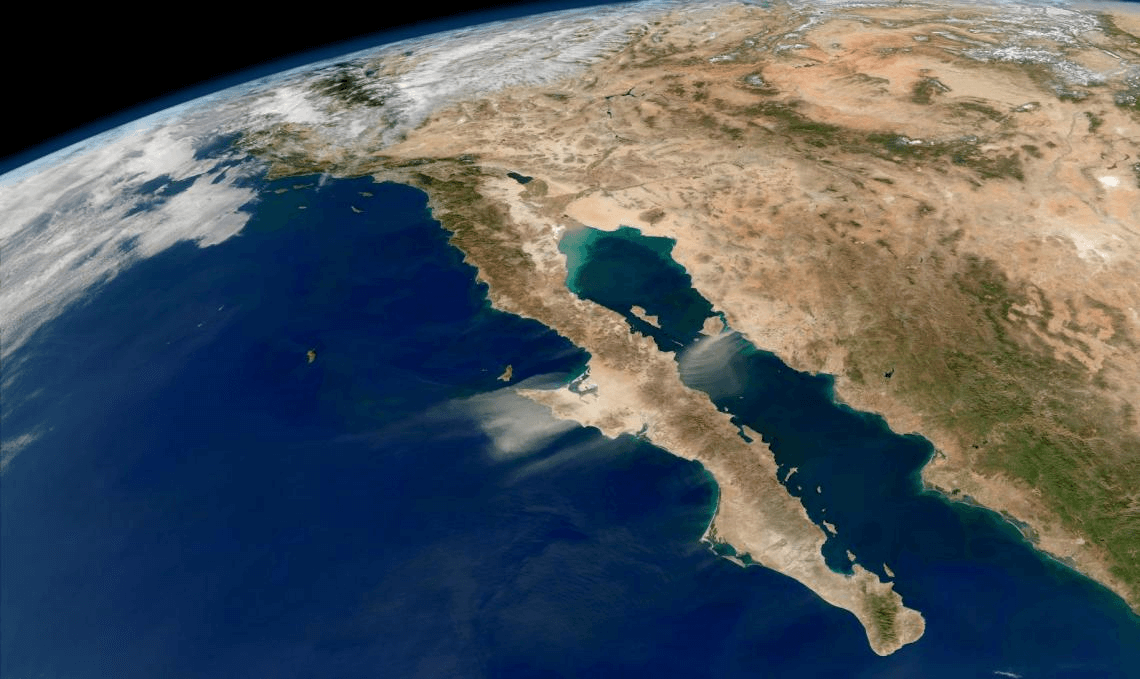Peninsula DefinitionA peninsula is a landform that is surrounded by water on three sides, with the fourth side being connected to a larger landmass. The word "peninsula" comes from the Latin words "paene" which means "almost," and "insula" which means "island." Peninsulas are a common geographical feature found all over the world, and they come in various shapes and sizes. Peninsulas are formed by a variety of geological processes, including erosion, volcanic activity, and tectonic movements. They can be found along coastlines, and they are often created by the process of coastal erosion, where the sea gradually eats away at the land, leaving a narrow strip of land that is surrounded by water on three sides. Peninsulas can vary in size from small, rocky outcroppings to large landmasses that cover thousands of square miles. Some of the most famous peninsulas in the world include the Iberian Peninsula in Europe, the Arabian Peninsula in the Middle East, and the Baja California Peninsula in North America. One of the defining characteristics of a peninsula is that it is almost completely surrounded by water, which can have significant environmental and economic implications. Peninsulas are often home to a wide variety of marine life, and they can also be important habitats for birds and other wildlife. They can also be important transportation hubs, providing easy access to ports and other waterways. In addition to their environmental significance, peninsulas can also be important from an economic perspective. They often provide valuable land for agriculture and development, and they can be important centers of trade and commerce. They can also be popular tourist destinations, with many people visiting them for their natural beauty and unique cultural heritage. In conclusion, peninsulas are a fascinating and important geographical feature that has played a significant role in human history and development. Understanding the definition and characteristics of peninsulas is essential for anyone interested in geography, history, or environmental studies. Geographical Features of a PeninsulaPeninsulas are characterized by their unique geographical features, which distinguish them from other landforms. These features are shaped by a variety of natural forces, including geological activity, climate, and erosion. Understanding the geography of a peninsula can provide insights into its environmental significance and economic potential. One of the most obvious geographical features of a peninsula is its coastline, which is typically long and irregular due to the three sides being surrounded by water. Peninsulas can have a variety of different coastlines, ranging from rugged cliffs and rocky beaches to sandy coves and protected bays. These coastlines can provide habitats for a wide variety of marine life, and they can also be important centers of tourism and recreation. In addition to its coastline, a peninsula may also have mountains, hills, or other elevated terrain. These features can have a significant impact on the climate and weather patterns of the region, and they can also provide valuable resources for agriculture and development. Mountains and hills can also be important habitats for wildlife, providing shelter and food for a variety of species. Another key geographical feature of a peninsula is its rivers, lakes, and other bodies of water. These waterways can provide important sources of freshwater for human populations and agriculture, and they can also be important habitats for aquatic plants and animals. They can also be important transportation hubs, providing access to inland regions and other waterways. Finally, the vegetation and plant life of a peninsula can be a defining characteristic of its geography. Peninsulas can have a wide variety of different ecosystems, ranging from lush rainforests to arid deserts. The types of vegetation and plant life found on a peninsula can have a significant impact on its environmental significance, as well as its economic potential for agriculture and development. In conclusion, the geographical features of a peninsula can provide important insights into its environmental significance and economic potential. Understanding the unique characteristics of a peninsula can be important for anyone interested in geography, environmental studies, or economic development. Types of PeninsulasThere are several different types of peninsulas, each with their own unique characteristics and geological origins.
Each type of peninsula has its own unique features and characteristics, and understanding their origins can provide important insights into their geological significance and environmental impact. Examples of Peninsulas around the WorldPeninsulas are a common geographical feature found all over the world, and there are numerous examples of peninsulas that are well-known for their natural beauty and cultural significance. Here are some examples of peninsulas around the world:
These are just a few examples of the many peninsulas found around the world. Each of these peninsulas has its own unique characteristics and cultural significance, and they are all worth exploring for anyone interested in geography, culture, and natural beauty. Significance of PeninsulasPeninsulas play an important role in shaping the geography, environment, and economy of many regions around the world. Here are some of the key ways in which peninsulas are significant:
In conclusion, peninsulas are significant for many different reasons, ranging from their environmental and economic importance to their strategic and cultural significance. Understanding the unique characteristics and significance of peninsulas can provide important insights into the history, culture, and natural beauty of many regions around the world. Economic Importance of PeninsulasPeninsulas can have significant economic importance, both locally and regionally. Here are some ways in which peninsulas can contribute to economic development:
Peninsulas can have a significant impact on the local and regional economies, providing important resources, employment, and revenue. Understanding the economic importance of peninsulas can help policymakers, business leaders, and communities make informed decisions about how to develop and manage these important resources in a sustainable and equitable way. Environmental Impact of PeninsulasPeninsulas can have a significant impact on the environment, both in terms of their physical characteristics and the human activities that take place within their borders. Here are some ways in which peninsulas can affect the environment:
So, peninsulas can have a significant impact on the environment, both through their physical characteristics and the human activities that take place within their borders. Understanding these impacts is important for developing strategies to mitigate them and ensure the long-term sustainability of these important regions. Tourism and PeninsulasPeninsulas around the world attract millions of tourists every year, drawn by their stunning natural beauty, unique cultural heritage, and diverse attractions. Here are some ways in which tourism impacts peninsulas:
Tourism can have both positive and negative impacts on peninsulas, and it is important to manage this industry in a sustainable and responsible manner to ensure its long-term viability. By balancing economic benefits with environmental and cultural preservation, peninsulas can continue to attract visitors and provide meaningful experiences for tourists while also protecting the natural beauty and cultural heritage that make them so unique. ConclusionPeninsulas are unique geographical features that can have significant impacts on the environment, economy, and culture of the regions in which they are located. By understanding the physical characteristics of peninsulas, we can better appreciate their beauty and appreciate the ways in which they shape the landscapes they occupy. Understanding the different types of peninsulas can help us to understand the various environmental and cultural factors that contribute to their formation. Whether they are created by geological processes or human activity, each type of peninsula has its own unique characteristics and impacts that are important to understand. The economic and environmental impacts of peninsulas are important for policymakers, businesses, and individuals who live and work in these regions. By recognizing the importance of sustainable management practices, we can ensure that the economic benefits of tourism, agriculture, and other industries are balanced against the need to protect the natural environment and preserve cultural heritage. Overall, understanding the definition and characteristics of peninsulas is important for a variety of reasons. Whether you are a student of geography, a traveler looking to explore new destinations, or a policymaker seeking to balance economic development with environmental protection, a deep understanding of peninsulas is essential for making informed decisions and promoting sustainable growth. By recognizing the value of these unique landforms, we can ensure that they continue to enrich our lives and contribute to the rich cultural and environmental tapestry of our world.
Next TopicPer Capita Income Definition
|
 For Videos Join Our Youtube Channel: Join Now
For Videos Join Our Youtube Channel: Join Now
Feedback
- Send your Feedback to [email protected]
Help Others, Please Share





